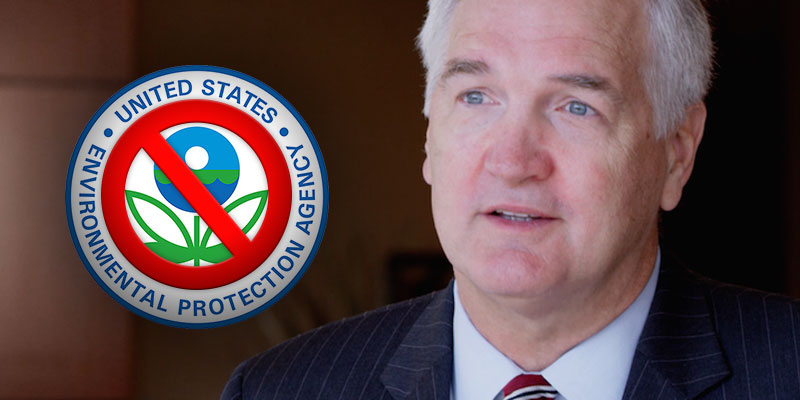
BIRMINGHAM, Ala. — As the Christmas holidays swung into full effect, justifiably drowning out most of the mundane news of the day, the Obama Administration’s Environmental Protection Agency (EPA) quietly released the results of it’s new, stricter clean air standards test.
Dr. Mark Wilson, the Jefferson County Health Officer and CEO of the Jefferson County Department of Health, announced Birmingham’s results on Twitter.
It's official from the EPA: Birmingham, AL meets new, tougher clean air standard for fine particulate matter (PM2.5). #JCDH Air Division
— Mark E. Wilson, MD (@drmarkewilson) December 21, 2014
But while the passing score was good news for Birmingham, it was just the latest in an ongoing string of increasingly-stringent regulations the state’s energy and industrial sectors are having to cope with.
Dr. Allen C. Dittenhoefer, an Alabama-based meteorologist with over 35 years experience in studying air pollution, explains:
In 2010, the EPA made unprecedented changes to the National Ambient Air Quality Standards (NAAQS) for sulfur dioxide (SO2) and (NO2) that had been in place for over 40 years. These new standards are effectively a factor of ten more stringent than the NAAQS they replaced. In some cases, these new standards are very close to natural air pollutant background levels, leaving preciously little room for industrial expansion and, in many cases, requiring facilities to shut down.
Companies in Alabama’s energy and industrial sectors have spent billions of dollars in an attempt to keep up with the standards, trying to ward off significant job losses that would accompany plant closures. Alabama Power by itself has spent a total of more than $3 billion to comply with environmental regulations. But in what has become a routine practice for the EPA, the federal regulators are once against preparing to move the goalpost.
More from Dr. Dittenhoefer:
(T)he EPA (has) recommended that ozone NAAQS levels be lowered to a concentration very close to natural background levels, virtually bringing the entire state of Alabama and most of the country (including some national parks and wilderness areas) into non-attainment. Undoubtedly, the volatile organic compound (VOC) and nitrogen oxide (NOx) control technology requirements and emissions offsets required for these ozone non-attainment areas would severely inhibit economic growth in the state and around the nation.
In addition to scientists like Dr. Dittenhoefer, business groups have predicted similarly dire results from another EPA regulatory program, it’s so called “Clean Power Plan,” which assumes that carbon dioxide emissions are the driving force behind variations in the Earth’s climate.
The U.S. Chamber of Commerce estimates that these new rules could result in a loss of approximately 224,000 jobs per year and increase electricity rates for American homes and businesses by $289 billion per year.
RELATED: Alabama’s State Climatologist becomes EPA’s worst nightmare
The EPA, meanwhile, has asserted that the new regulations will actually benefit the economy, a claim that even the liberal Brookings Institute called into question as a result of the EPA’s methodology of measuring the economic impact of its regulations. The study by Brookings fellow Ted Gayer and Vanderbilt University economist Kip Viscusi found that the EPA has been allowed to tell just one side of the story, touting the benefits of their plan without calculating the costs.
Practically, the impact of the regulations have already been felt in Alabama.
Alabama Power announced in August that federal environmental mandates are forcing them to close two of the state’s coal-fired units and transition two others from coal to natural gas, resulting in a reduction in workforce that the company hopes to avoid by transferring employees to other locations.
The average Alabama household will see a $6.78 increase in its monthly power bill next year, in part because of the increased costs associated with complying with the federal environmental regulations laid out above.
Like this article? Follow me on Twitter and let me know what you think.
— Cliff Sims (@Cliff_Sims) December 3, 2014












